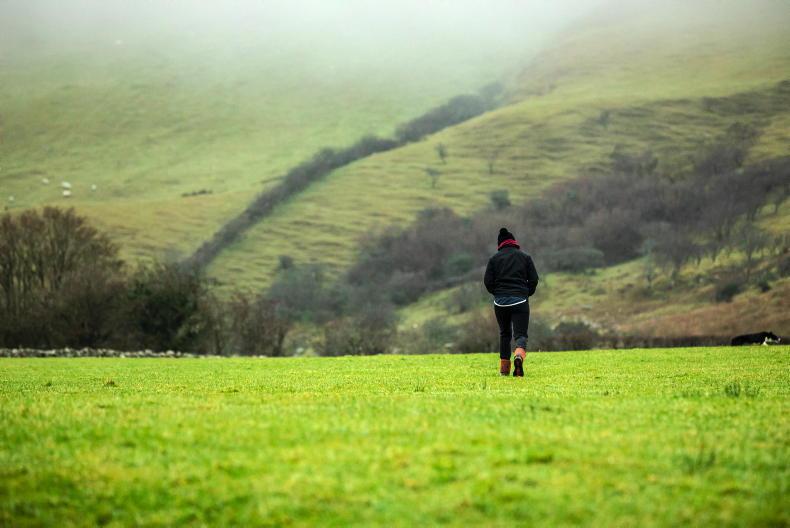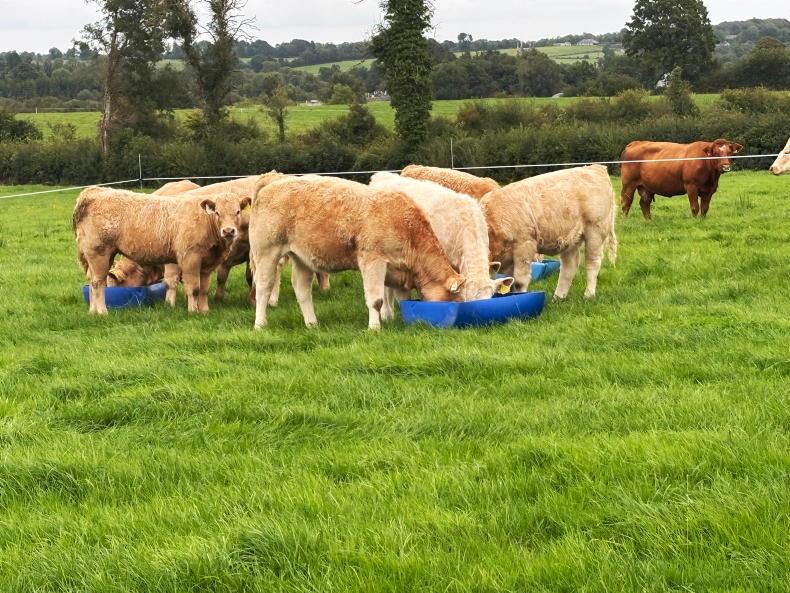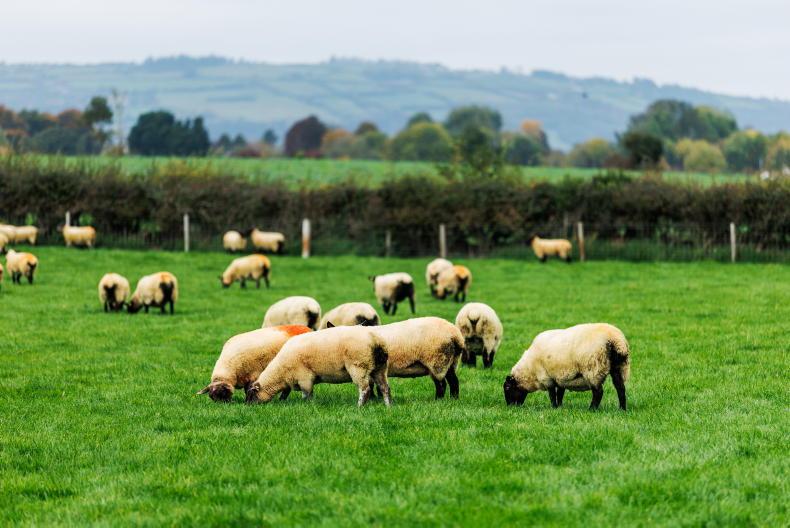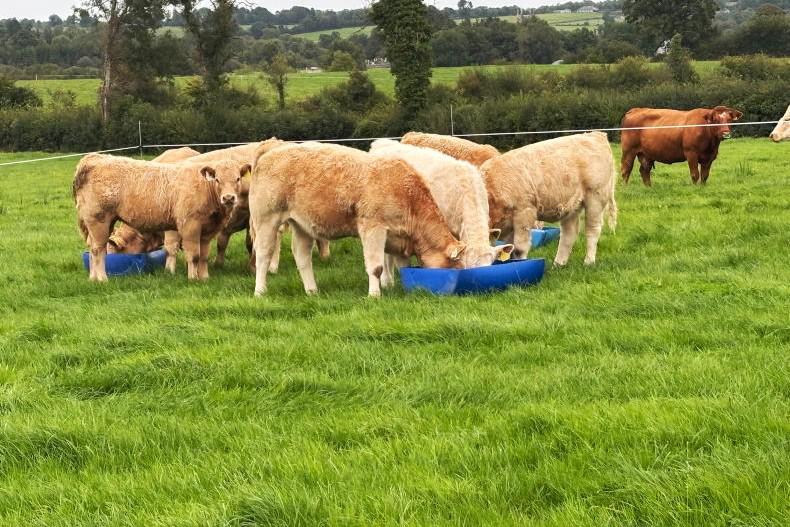Dehorning calves: Once calves pass the two-week-old mark, it is a legal requirement to use anaesthetic before you dehorn calves. Most farmers are using an anaesthetic, regardless of age. Many farmers are now also using a pain killer to reduce the stress on the calves at dehorning time. Removing horns at a younger age is less stressful on calves but there will be calves that do not show horn buds until they are one month old.
Calves should be securely restrained in a dehorning crate when carrying out the task. Make sure that the burner is very hot before using. If it’s not hot enough this can lead to bleeding. Clip hair around the bud to expose the bud properly and apply the dehorner over the bud and twist in a circular motion.
There is always a debate on whether you should take out the bud or not. The horn grows from the side so technically there isn’t any need to take out the bud but some farmers like to take it out just to be sure.
Apply terramycin spray or aluspray after removing the horn bud to help it heal. Keep an eye on calves after dehorning to make sure they suck. As the weather improves, flies can become an issue around the horn bud.
Grass: Grass growth is still slow in some parts of the country and cattle turned out are moving through grass supplies quicker than anticipated. Try and keep a rotation going if you can.
Opening up gates and letting animals across a large number of fields will grab you a few extra days but it won’t allow grass to grow and build up again behind cattle. Make sure you have fertiliser out on grazing ground and on some farms where fertiliser has gone out in March and paddocks eaten, it’s time to go again with another 20-30 units/acre of nitrogen.
The next six weeks are always the tightest for grass on beef farms as silage ground closed up means the stocking rate increases on grazing ground.
Cattle will eat about 2% of their body weight of grass on a daily basis. There is about 250kg of dry matter in every cm of grass so if there’s 10cm of grass on a paddock and the cattle eat it down to 4cm, that means there is 6cm available to them or 1500kg/DM/Ha (6 x 250kg). If you have a filed with 2Ha that means there is 3000kg/DM of available grass.
A bullock weighing 500kg will consume 10kg (500kg x 2% ) a day. So 40 bullocks will consume 400kg/DM/day. The 2ha paddock with 10 cm of grass should do them 7.5 days. The ideal scenario is to eat a paddock in 3 days so ideally this 2Ha paddock would be split down the middle and grazed in two sections.
Basic Payment Scheme Application: With recent good weather and lots of field work being completed, office work can lag behind. Make sure to give your BPS application submitted online before by the closing date of Thursday 15 May.
Leave time to get passwords etc in case you get locked out and can’t get logged in. Don’t leave things until the last minute. If you are unsure as to how to get the application completed the advice is to contact an agricultural consultant or a Teagasc adviser straight away and get an application in.
Dehorning calves: Once calves pass the two-week-old mark, it is a legal requirement to use anaesthetic before you dehorn calves. Most farmers are using an anaesthetic, regardless of age. Many farmers are now also using a pain killer to reduce the stress on the calves at dehorning time. Removing horns at a younger age is less stressful on calves but there will be calves that do not show horn buds until they are one month old.
Calves should be securely restrained in a dehorning crate when carrying out the task. Make sure that the burner is very hot before using. If it’s not hot enough this can lead to bleeding. Clip hair around the bud to expose the bud properly and apply the dehorner over the bud and twist in a circular motion.
There is always a debate on whether you should take out the bud or not. The horn grows from the side so technically there isn’t any need to take out the bud but some farmers like to take it out just to be sure.
Apply terramycin spray or aluspray after removing the horn bud to help it heal. Keep an eye on calves after dehorning to make sure they suck. As the weather improves, flies can become an issue around the horn bud.
Grass: Grass growth is still slow in some parts of the country and cattle turned out are moving through grass supplies quicker than anticipated. Try and keep a rotation going if you can.
Opening up gates and letting animals across a large number of fields will grab you a few extra days but it won’t allow grass to grow and build up again behind cattle. Make sure you have fertiliser out on grazing ground and on some farms where fertiliser has gone out in March and paddocks eaten, it’s time to go again with another 20-30 units/acre of nitrogen.
The next six weeks are always the tightest for grass on beef farms as silage ground closed up means the stocking rate increases on grazing ground.
Cattle will eat about 2% of their body weight of grass on a daily basis. There is about 250kg of dry matter in every cm of grass so if there’s 10cm of grass on a paddock and the cattle eat it down to 4cm, that means there is 6cm available to them or 1500kg/DM/Ha (6 x 250kg). If you have a filed with 2Ha that means there is 3000kg/DM of available grass.
A bullock weighing 500kg will consume 10kg (500kg x 2% ) a day. So 40 bullocks will consume 400kg/DM/day. The 2ha paddock with 10 cm of grass should do them 7.5 days. The ideal scenario is to eat a paddock in 3 days so ideally this 2Ha paddock would be split down the middle and grazed in two sections.
Basic Payment Scheme Application: With recent good weather and lots of field work being completed, office work can lag behind. Make sure to give your BPS application submitted online before by the closing date of Thursday 15 May.
Leave time to get passwords etc in case you get locked out and can’t get logged in. Don’t leave things until the last minute. If you are unsure as to how to get the application completed the advice is to contact an agricultural consultant or a Teagasc adviser straight away and get an application in.









SHARING OPTIONS